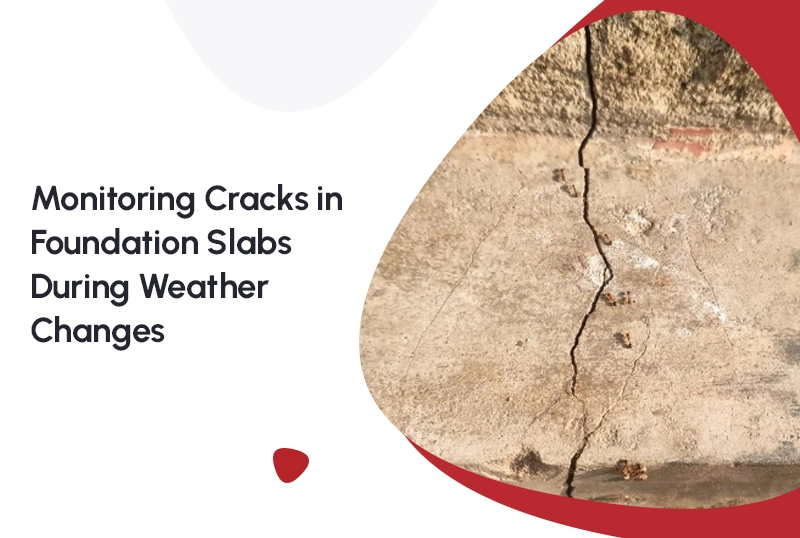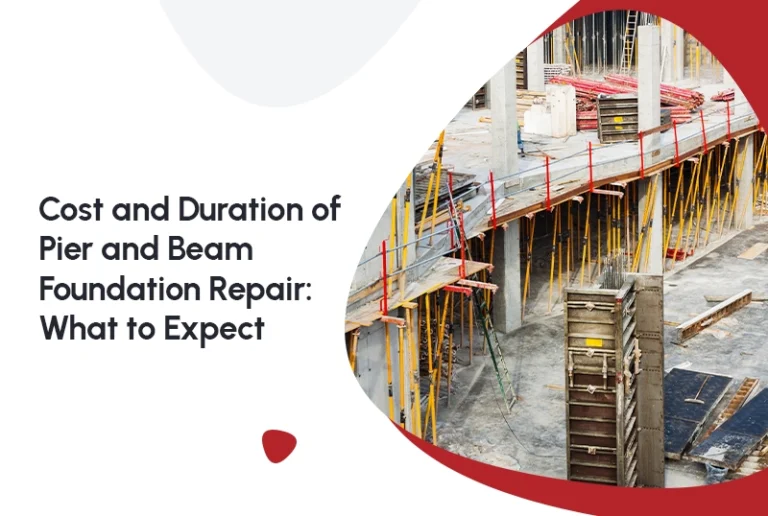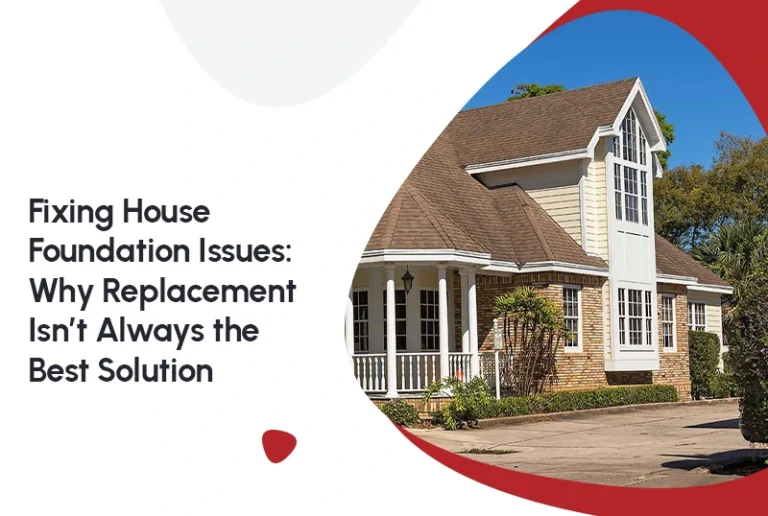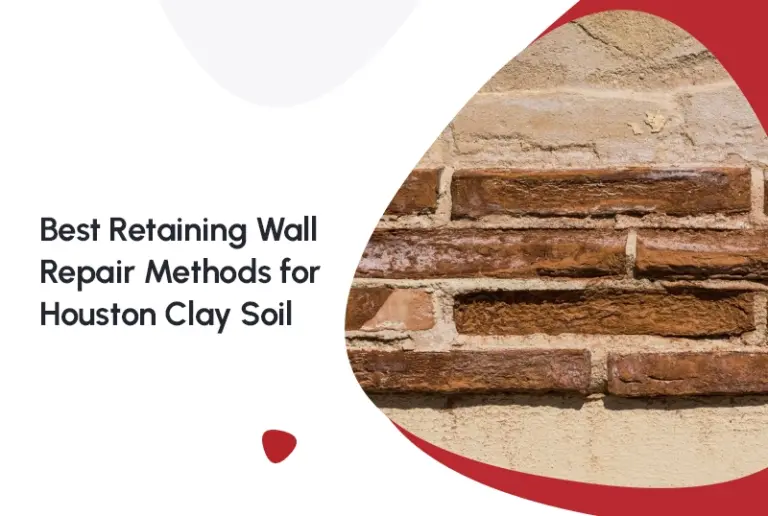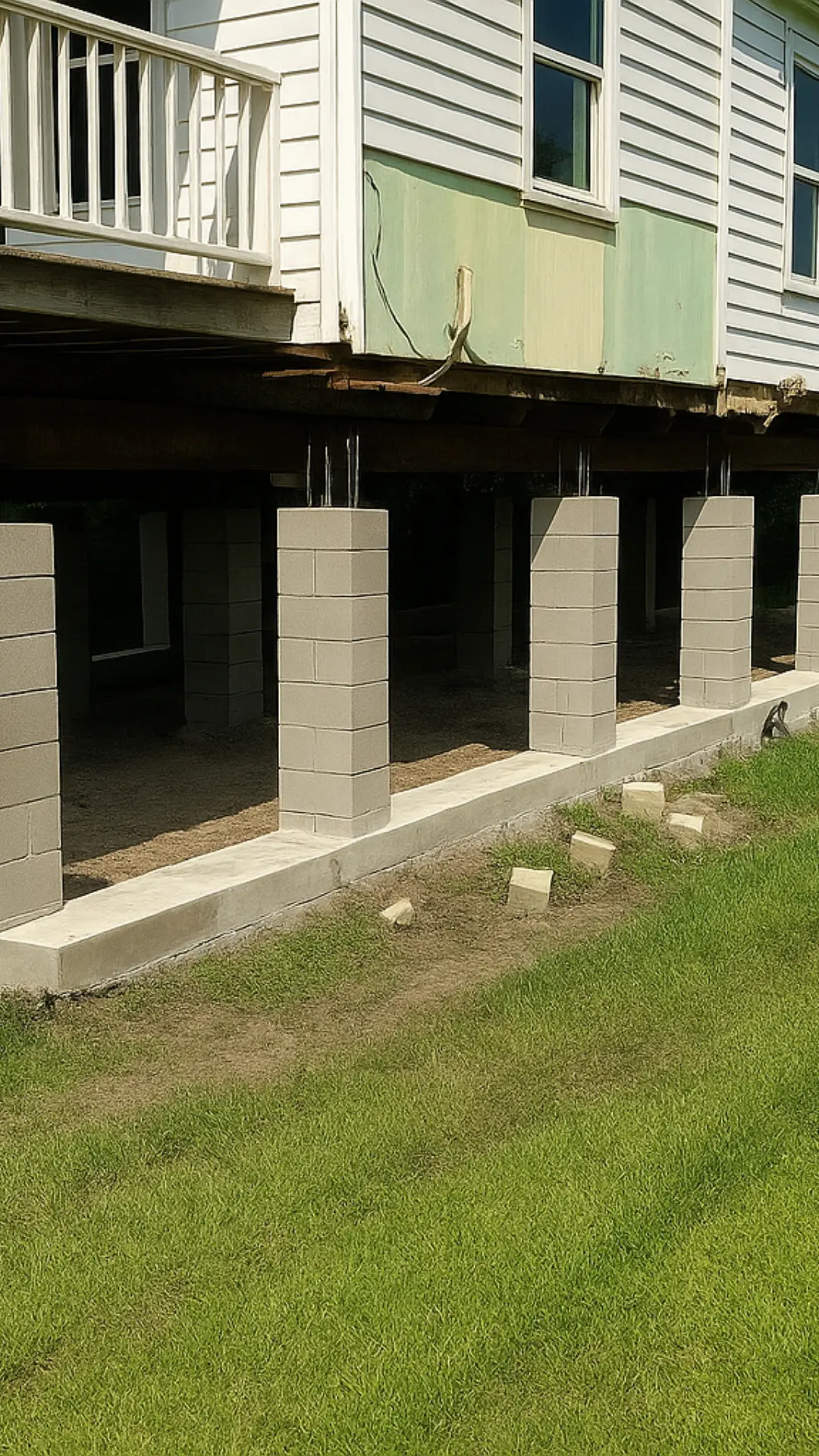When you spot small cracks or shifting floor lines, it’s tempting to think: “No big deal, just another wrinkle in the concrete.” But those little flaws could be telling you something major about the ground beneath your home. In regions where weather swings from heavy rain to dry spells, keeping an eye on cracks in foundation slabs is one of the smartest things a homeowner can do.
In this blog we’ll cover: why cracks in foundation slabs occur during weather changes, how to monitor them, when to act, and what services exist from the team at FNF Foundation.
Want to know more about Foundation Crack Repair? Click here.
Why Weather Changes Really Matter for Cracks in Foundation slabs
When your home is built on a concrete slab, the slab becomes the structural base. It’s supported by soil beneath it, and that soil is sensitive to moisture, temperature and load changes. Here’s how shifting weather plays a role:
Soil Moisture Swings
When the soil beneath your slab gets overly wet, it may expand or become saturated and less supportive. Conversely, during extended dry spells, soil, especially clay‑rich soil, can shrink away from the foundation causing voids. That means the slab can settle unevenly. One publication states that cracks in foundation slabs affect an estimated 60% of homes during their lifespan.
Temperature Effects
Hot, dry seasons can cause concrete to contract slightly, while wet seasons may cause it to expand or shift. These repeated stress cycles over years can contribute to micro‑movement, which shows up as hairline cracks or small separations in your slab.
Ground Movement and Settlement
When soil loses support or shifts, the slab might bog down in one spot, creating visible cracks. One source shows roughly 25% of homes experience structural distress related to foundation issues during their lifetimes.
Weather changes often trigger movement, and those movements often show themselves as cracks in foundation slabs. That’s why monitoring them is so important.
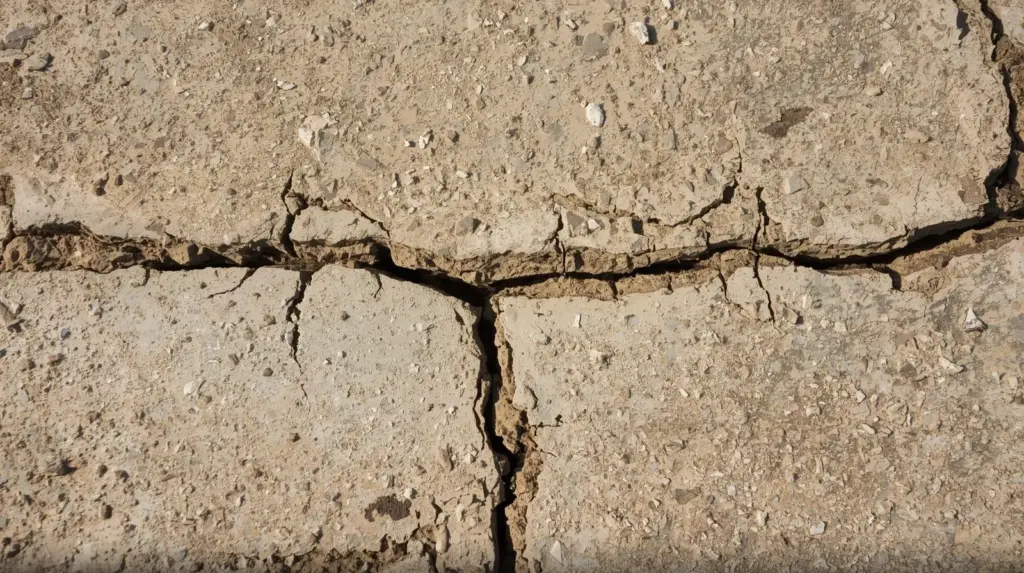
Types of Cracks in Foundation Slabs & What They Could Mean
Not all foundation cracks are the same. While some may be harmless, others can signal significant issues beneath the surface. Here are several types of cracks in foundation slabs commonly found, along with what each type could indicate:
1. Hairline Cracks
These cracks are typically very narrow, usually less than 1/16 inch wide, and often appear shortly after the concrete is poured. Hairline cracks are usually harmless and are often caused by the natural curing process of the concrete or minor settling. As the concrete cures, it shrinks slightly, leading to small cracks. In most cases, these cracks do not affect the overall integrity of the foundation, but it’s still a good idea to monitor them over time.
2. Diagonal Cracks
Diagonal cracks are typically longer and may appear at an angle, usually following the line of the foundation’s walls or floor. These cracks can be particularly concerning when they widen or shift in response to seasonal weather changes. Differential settlement (where one part of the foundation settles more than another) often causes these types of cracks. When left unchecked, they could indicate a more serious foundation problem, such as shifting or uneven soil support, which can compromise the structural stability of your home.
3. Stair-Step or Zig-Zag Cracks
Stair-step or zig-zag cracks are commonly seen in block‑construction foundations. These cracks in foundation slabs usually follow the natural joints between blocks, resembling a staircase. They often indicate soil movement or pressure beneath the foundation, which can be caused by expansive soils (like clay) that swell when wet and shrink when dry. Over time, this cycle of soil expansion and contraction can lead to significant structural damage if not addressed. If you spot these cracks, especially in older homes, it’s essential to consult a professional to assess the foundation’s stability.
4. Widening or Running Cracks
Widening cracks or those that appear to run across large sections of the slab are a cause for concern. If a previously small crack suddenly begins to expand significantly, particularly after extreme weather changes or heavy rainfall, this is a clear indicator that there is some form of instability or shifting in the foundation. The American Society of Home Inspectors notes that about 15% of all cracks in foundation slabs pose a significant structural risk due to the potential for continued movement or water infiltration. If you notice this type of crack, it’s important to take action quickly, as the problem could worsen without proper intervention.
These crack descriptions will help you identify potential issues early and understand the significance of the cracks in foundation slabs. Whether you’re dealing with foundation repair issues or need more guidance, knowing the type of crack can guide your next steps.
How to Monitor Cracks in Foundation Slabs: A Step‑by‑Step Guide
Taking action early often means avoiding massive repair bills later. Here’s how you can monitor cracks in foundation slabs effectively:
- Establish a baseline
- Photograph the crack with a date stamp.
- Note its width (use a ruler or crack‑gauge).
- Mark adjacent edges so you can tell if it’s widening.
- Track during weather changes
- After heavy rainfall – check if crack widens or soil appears saturated.
- After a long dry spell – check if slab appears to drop, doors stick, or crack opens.
- Measure change over time
- Re‑check monthly or after significant weather events.
- Document any widening, shifting, or new cracks near existing ones.
- Inspect nearby indicators
- Doors/windows that begin to stick.
- Floor slopes or gaps between floor and wall.
- Moisture pooling around slab edges or foundations.
- Call in the professionals when changes accelerate
- If a crack has widened significantly in weeks or months.
- If you observe multiple new cracks following a weather event.
- If you notice symptoms of structural stress (bowing walls, large gaps).

Why DIY Patchwork Isn’t Enough
You might be tempted to fill the crack with epoxy and call it a day but if the underlying soil moved, the crack patch won’t stop further movement. That’s why it’s critical to link crack monitoring to an assessment of other systems, such as foundation repair Spring, house leveling Spring, or pier and beam foundation repair Spring, depending on your home’s system and geography.
While surface crack filling may cosmetically fix the appearance, it won’t address shifting slab issues, soil voids or drainage problems. In groundwater‑sensitive areas or places prone to clay soil expansion/contraction, the underlying cause must be addressed.
When Weather‑Induced Crack Movement Means It’s Time to Act
Here are red flags tied to weather shifts:
- Crack widens soon after a heavy rainfall (so the soil became saturated and shifted).
- Crack opens visibly after a long dry spell (soil shrinks leaving void under slab).
- Floor becomes noticeably uneven or a once‑smooth slab now slopes.
- A crack that stays stable for years but suddenly begins changing – indicate new movement.
- Water intrusion occurs simultaneously with crack widening.
Monitoring these signs in relation to weather changes gives you the early warning you need to act before serious structural damage sets in.
Preventive Measures & Long‑Term Solutions
Preventing or minimizing damage from cracks in foundation slabs relies on addressing the root causes:
- Proper drainage and moisture control around the foundation.
- Keeping landscaping and irrigation systems from oversaturating the soil.
- Avoiding long periods of dryness without soil maintenance – in clay‑rich zones add moisture gradually to mitigate shrinkage.
- For homes with slab issues, consider professional solutions such as slab jacking, piering beneath the slab, or stabilization that include linking to house leveling or foundation repair methods.
At FNF Foundation, we provide comprehensive assessments to determine whether you require something more than just crack‑filling—our team can evaluate slab support, soil conditions and recommend foundation repair Spring or house leveling Spring solutions as needed.
Final Thoughts
Monitoring cracks in foundation slabs isn’t just about picking up a ruler and snapping a photo every month, it’s about staying tuned to how your home reacts to weather changes, soil movement, and structural shifts. With a proactive mindset and help from experts like FNF Foundation, you can protect your home’s integrity, avoid expensive surprises and sleep easier knowing your slab is stable.
If you’ve spotted cracking that’s changed recently—or if you just want to have peace of mind—contact us today for a foundation inspection. We’ll check slab condition, evaluate for foundation repair Spring, house leveling Spring, or pier and beam foundation repair Spring and guide you through the best long‑term solution.
FAQs: Questions About Cracks in Foundation Slabs
When should you be concerned about cracks in slab foundation?
If the crack is more than ¼ inch wide, has recently widened, shows displacement or is accompanied by other signs like sticking doors, uneven floors, or water intrusion—then you should be concerned.
Can a cracked slab foundation be fixed?
Yes—many cracks can be repaired. But the long‑term solution depends on identifying the underlying cause (soil voids, moisture shifts, drainage issues). Advanced methods may include slab jacking, underpinning or full professional foundation repair.
What does a concerning foundation crack look like?
A crack that is wide, horizontal, stair‑step style, shows displacement (one side higher than other), or one that worsens after weather changes are all concerning. Also, new cracks forming near older ones or along multiple patterns can signal structural stress.
How to tell if foundation cracks are serious?
Monitor the crack over time—if it widens rapidly or aligns with structural signs (floor drop, door sticking, water entry), it’s serious. A structural engineer or foundation professional should take a look.
How serious are cracks in foundation slabs?
It depends—some are cosmetic, others can signal major issues. If left untreated, serious cracks in foundation slabs can lead to uneven settling, structural damage and costly repairs. With prevention and early intervention, damage can be controlled.
How can you tell if a crack is structural?
Structural cracks are often wider than ⅛ inch, change in size over time, have displacement, result from weather or soil changes, and are paired with other symptoms (slope, sticking doors/windows). A professional assessment is best.
When to worry about structural cracks?
If the crack is new and large, especially after drought or heavy rain, if the slab has shifted or appears to sag, or if other signs of foundation movement exist. Don’t wait, call a qualified team like FNF Foundation for review.
